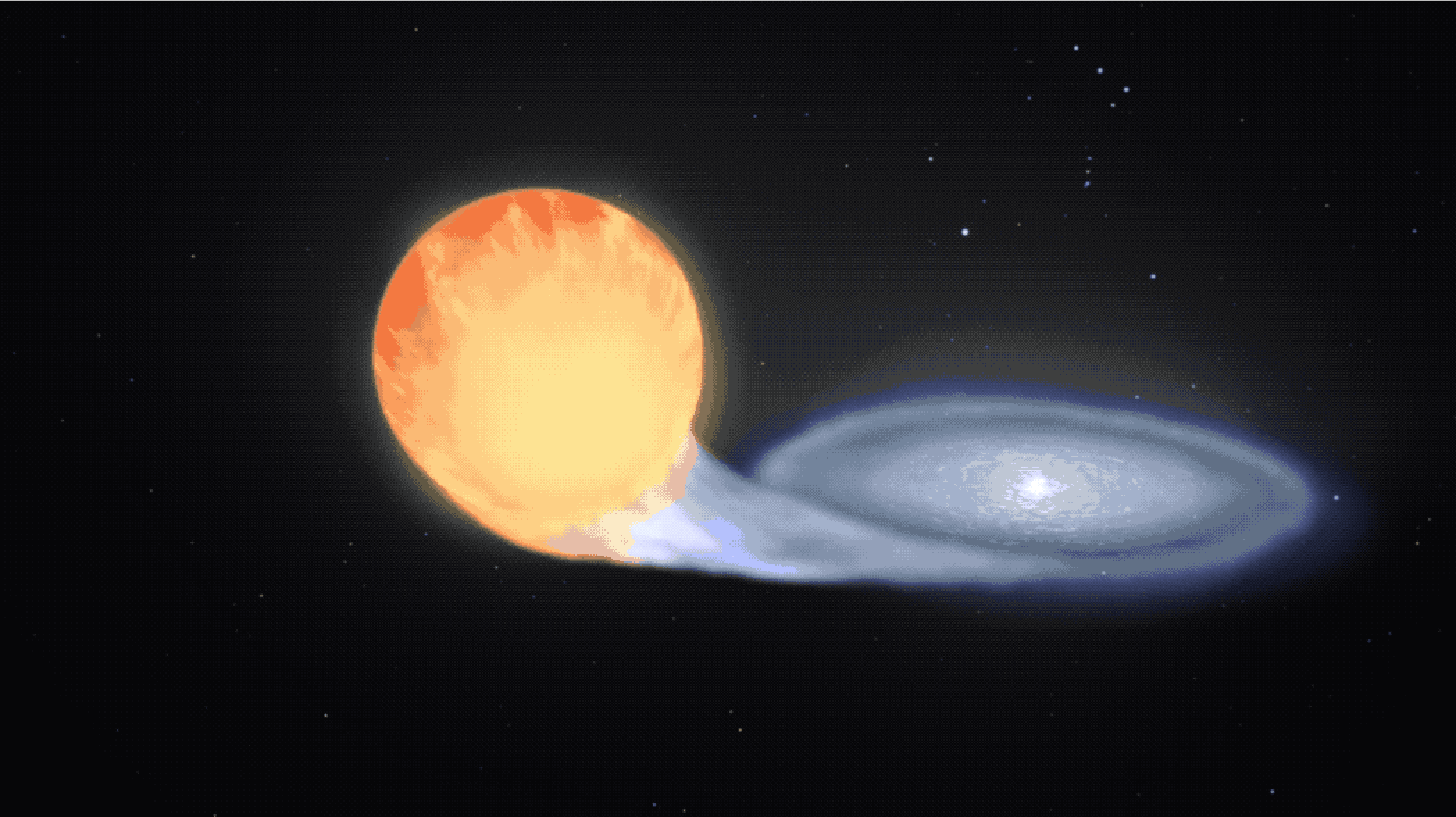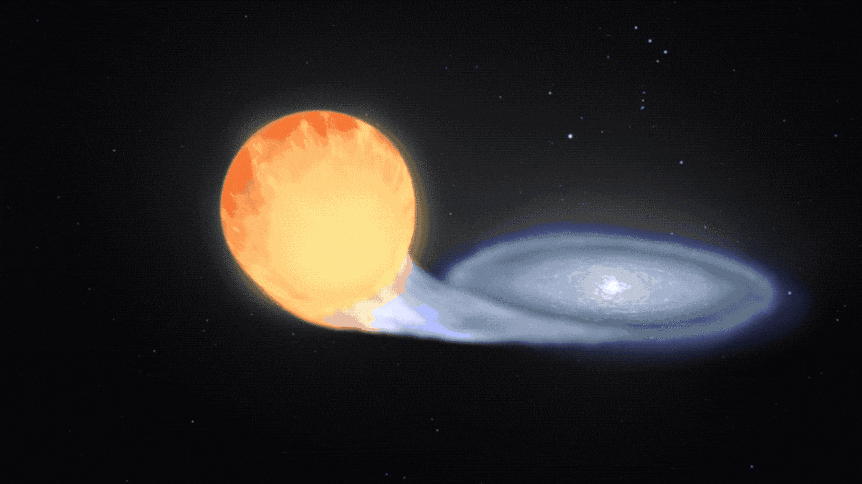Create a free profile to get unlimited access to exclusive videos, sweepstakes, and more!
Supernovas could be the searchlight NASA needs to illuminate cosmic mysteries

Sometimes a telescope has to rely on visible phenomena in space to reveal things about phenomena that are invisible. When that happens, it helps to have the light of a massive exploding star on your side.
There is no light anywhere that could show us dark matter or dark energy. They are called “dark” for a reason. Because NASA researchers won’t let invisibility get them down, the space agency’s upcoming Nancy Grace Roman Space Telescope, launching in 2025, will be using light from the star corpses otherwise known as supernovas to figure out how dark matter is scattered everywhere and how dark energy is making the already vast expanse of the universe expand faster and faster.
With an enormous field of view in which it can observe supernovas, and because it is so hypersensitive and can see far into the infrared, it should be able to find thousands of them. What Roman is going to be especially searching for are type 1a supernovas. These involve white dwarves, the exposed cores of dead stars, and are the brightest type of supernova. The white dwarf usually sucks material from its companion star until it gains so much mass that its instability causes it to explode. If they have a high enough mass together, two white dwarves that keep orbiting each other until they finally merge can also set off this kind of explosion.
“Type Ia supernovas are among the most important cosmological probes we have, but they’re hard to see when they’re far away,” said physicist Daniel Scolnic, who is one of the designers behind the supernova survey, in a press release. “We need extremely precise measurements and an incredibly stable instrument, which is exactly what Roman will provide.”
In the Milky Way, type 1a supernovas occur every 500 years. Because the Roman telescope will be able to see far back enough in time to when the universe, which is now about 13.8 billion years old, was only 300 million years old, it might even detect some previously unknown supernovas. This light could help us figure out where all the dark matter is. Though invisible, dark matter still has mass, and mass can bend light (which normally follows a linear path) and warp spacetime. The warp surrounding even a faint supernova can magnify its light and possibly give away something about where all the dark matter clusters are.
Beyond dark matter is another question we are still in the shadows about, which is how fast the universe is expanding. This could finally give more insight into dark energy, which little is known about except that it has something to do with the expansion. Type 1a supernovas vomit out a certain amount of light as their stars go through violent death throes. How bright a supernova appears from Roman’s point of view will tell astronomers back on Earth how far away it is. Seeing how fast they seem to be moving away at different distances was how scientists initially found out the universe was expanding faster than ever.
Some predictions of the expansion’s speed are based on the behavior of the early universe only 380,000 years after its emergence. Comparing these to predictions using measurements of the universe as it is now has been problematic, because each suggests the universe is expanding at a different rate. Seeing how far type 1a supernovas are from Earth, and how fast they are running away, could help indicate how fast expansion really is. Looking into what causes slight variations in Type Ia supernovas that Roman will see from up to billions of light years away could also start to demystify what is happening.
“Dark energy makes up the majority of the cosmos, but we don’t actually know what it is,” NASA JPL senior research scientist Jason Rhodes said in the same press release. “By narrowing down possible explanations, Roman could revolutionize our understanding of the universe—and dark energy is just one of the many topics the mission will explore!”



























